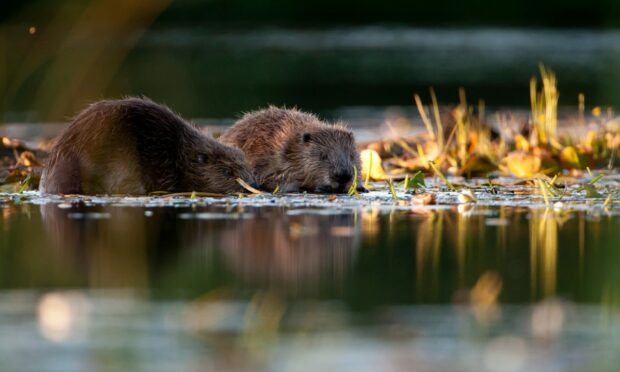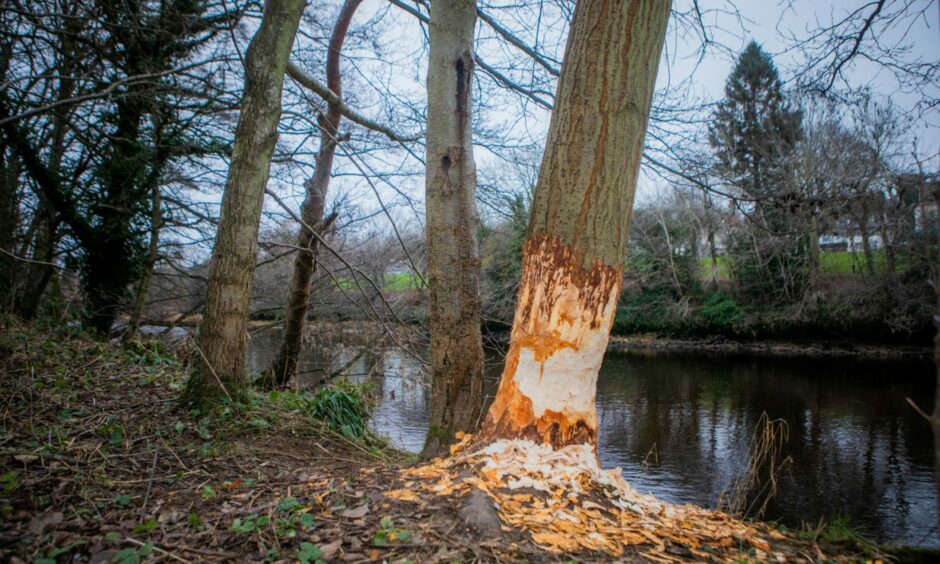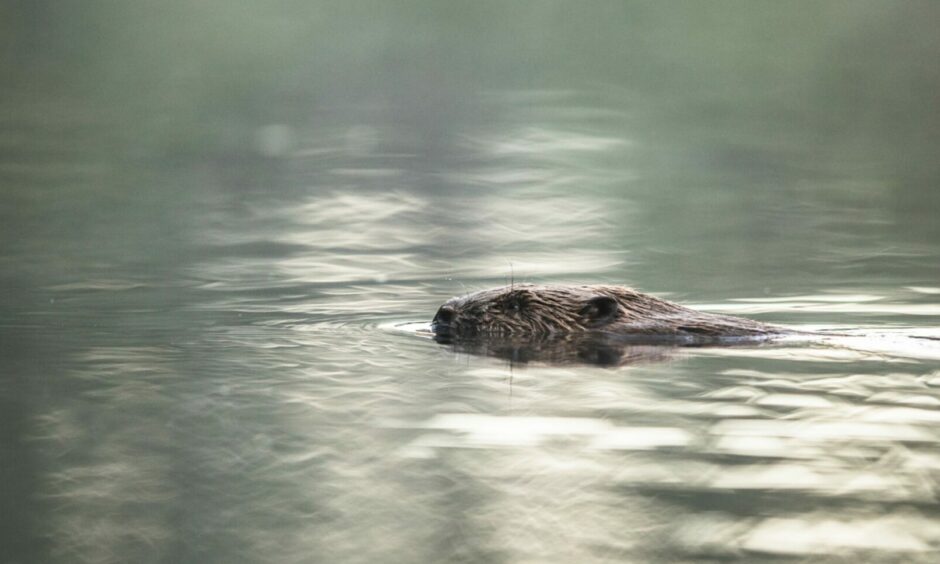An action group has been formed in an attempt to block plans to release beavers into Glen Affric.
Conservation charity Trees for Life is carrying out a consultation on behalf of four private landowners and Forestry and Land Scotland on introducing animals in the area.
If NatureScot approves a licence, up to three pairs of beavers could be relocated to Glen Affric from Tayside before the end of the year.
It would be the first official release of beavers to the north-west Highlands since the species was driven to extinction 400 years ago.
Why are some people opposed?
The releases would be spread out over two to three years around Loch Affric and Loch Beinn a’Mheadhain.
But some local residents are opposed to the move.
Julie Macdonald, who lives near the proposed release site, has set up the action group.
She said: “There are many people in this area who do not want these beavers. We are trying to put a stop to it.
“I have not met one person who will be directly affected who thinks it is a good idea for beavers to be introduced.”
Beavers are a European protected species. As ‘ecosystem engineers’, they are said to benefit nature by creating wetland habitats. This improves habitat structure and diversity and enhances biodiversity.
It is thought the population in Tayside started when animals escaped from captivity or were deliberately released.
Their growth and impact on the environment has been contentious in the area.
Mrs MacDonald said they have caused significant damage to farmland and adjoining properties and fears similar issues in Glen Affric.
“We do not see how it can be a benefit to remove the problem from one river and relocate it somewhere else.”
She adds: “There is a case to be made for beavers in some wetlands, like the Somerset levels, where they can create irrigation channels and help prevent flooding.
“That is not the case on a river like the Tay or the Glass/Beauly River.
Sandy soil is easily eroded
“The banks of the River Glass are of sandy soil and easily eroded and, in a lot of cases, held together by the trees along the banks.
“Beavers will find areas where they can build dams which could cause alteration of the river course. They will damage and cut down trees that hold the bank together. Where there are no suitable places to build lodges, they will burrow into the banks and cause erosion.”
She believes beaver activity is likely to disturb newly-formed salmon spawning pools. She also thinks erosion could cause flooding of farmlands and private property surrounding houses.
“There was an illegal release on the river a couple of years ago and they very quickly damaged a number of trees and started to build structures just below Comar Bridge at Cannich.
“There are a number of other problems that beavers can cause, including carrying bacteria in their urine.
“Everywhere that they have bred prolifically they have caused a problem.”
What do the authorities say?
Steve Micklewright, chief executive of Trees for Life, said: “While the benefits of beavers in helping to solve the nature and climate crises are well known, we acknowledge local problems may occur.
“This underlines the importance of having a full and proper public consultation before any reintroduction takes place.
“We therefore welcome all feedback as part of our open consultation, which has been extended until Monday October 3.”
A Naturescot spokeswoman added the organisation is “following and aware of a range of views about” the proposal.
She added: “Any proposal will require a licence from NatureScot as the licencing authority.”
The spokeswoman pointed out that consulting with local communities is part of the guidance. She said those involved in this proposal are currently consulting with the local community, stakeholders and organisations.
The spokeswoman added: “We welcome the engagement by the local community in this proposal and we would encourage anyone with a view to take this opportunity to participate in the consultation process.”
Are you interested in more exclusive and breaking Highland and Islands news from the P&J? If so, why not join our dedicated Facebook page HERE













Conversation